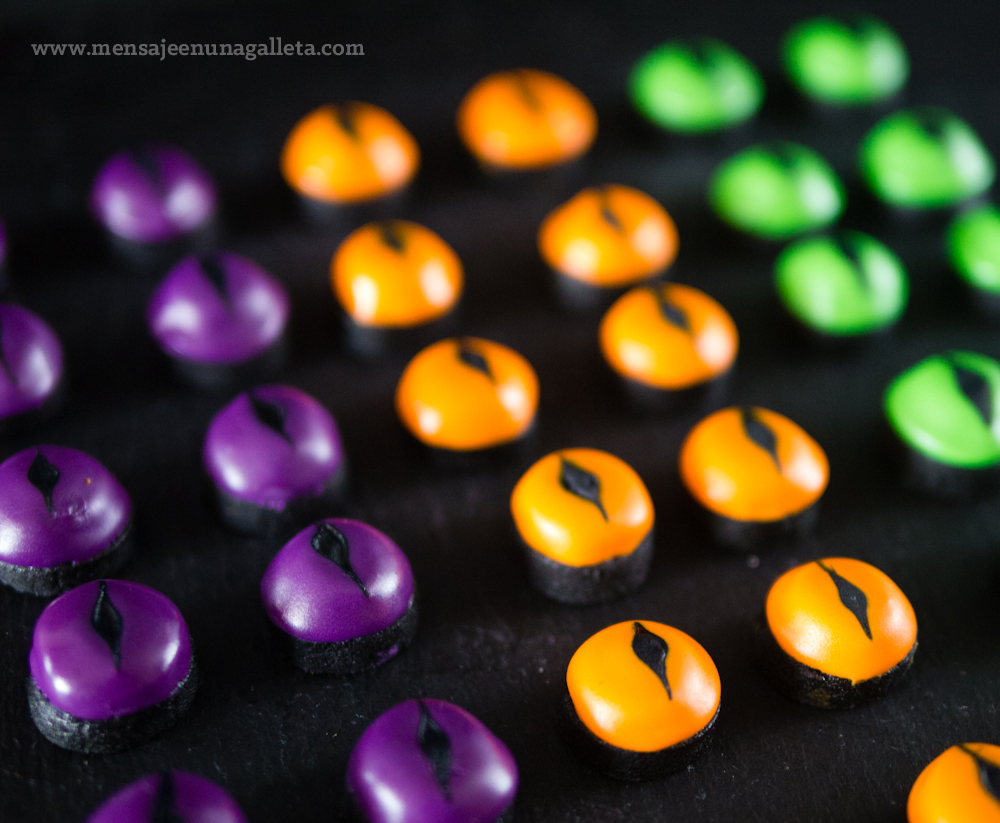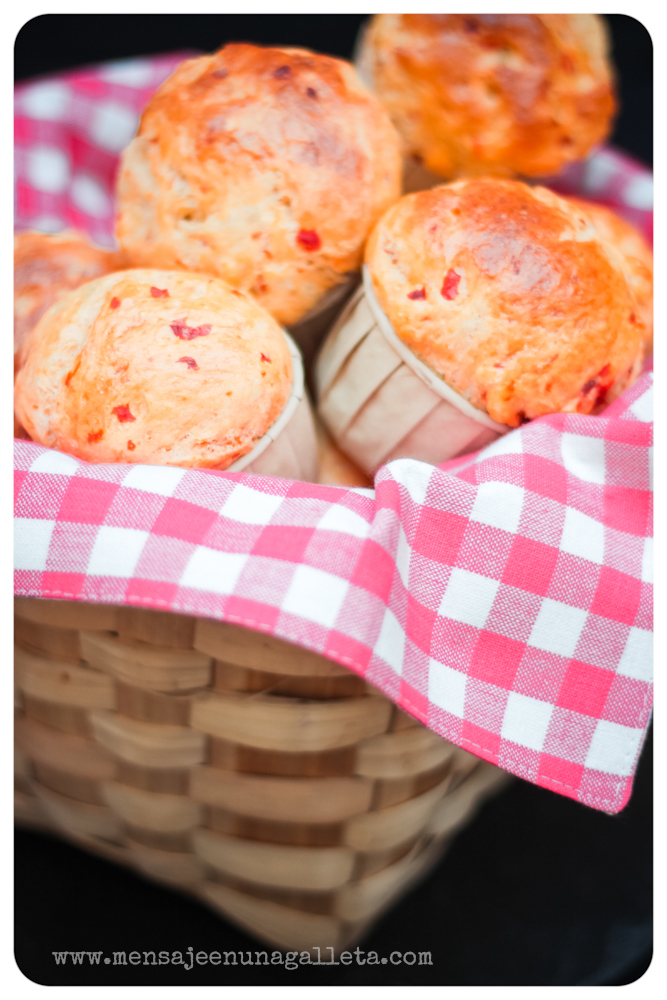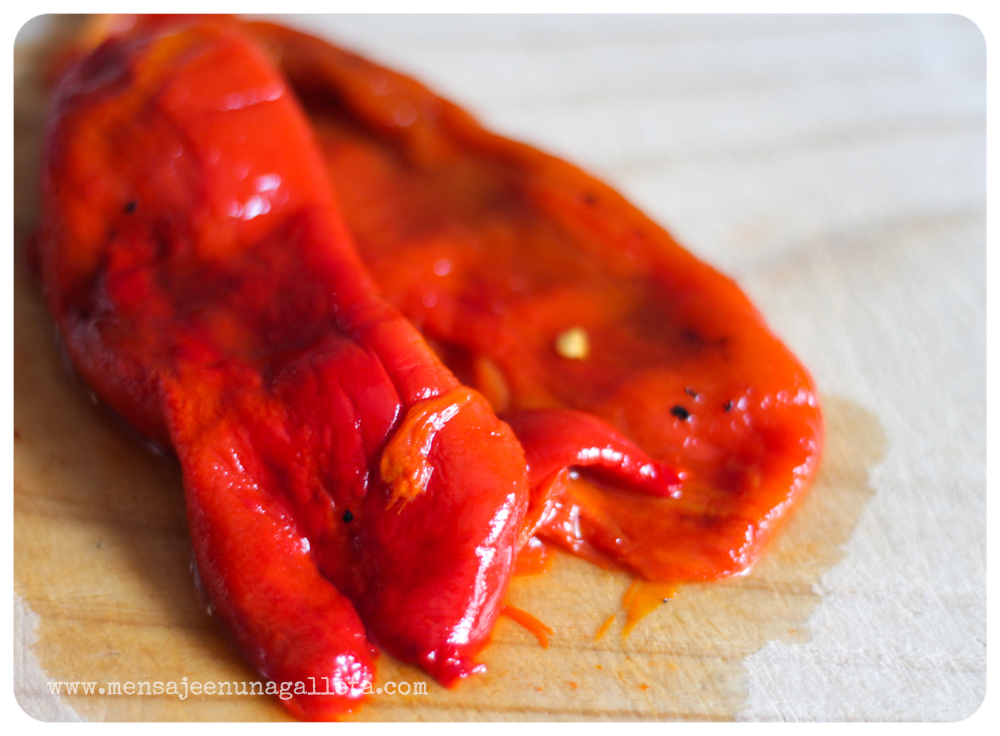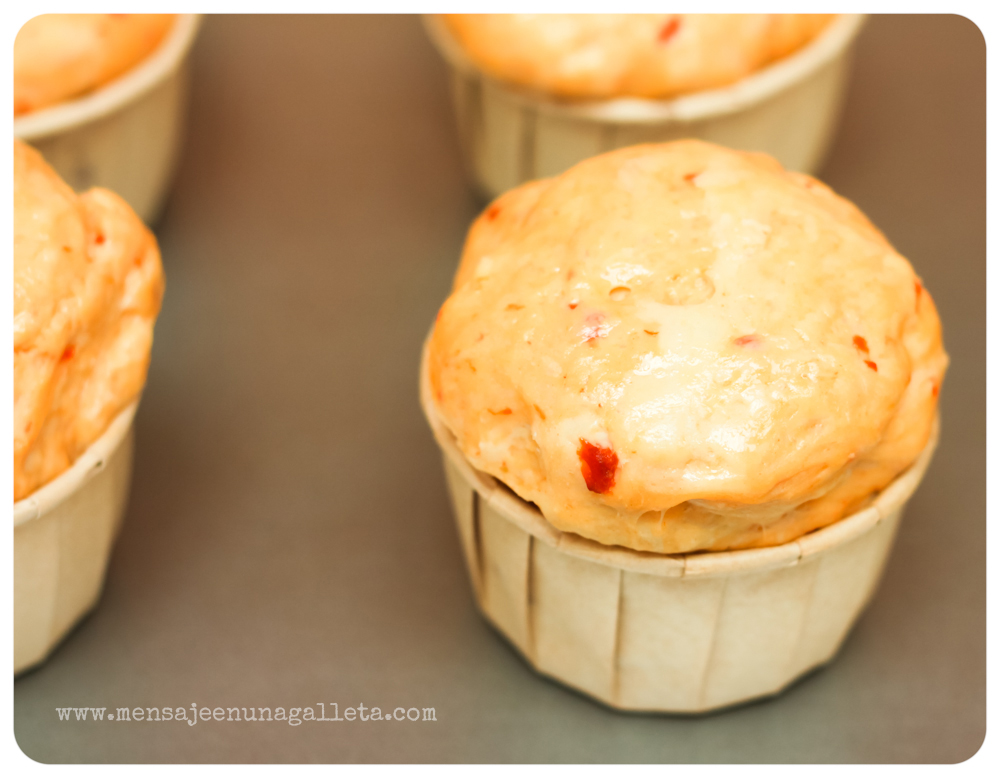Abracadabra! Royal icing will not sink anymore!
La glasa tiene la fea costumbre de hundirse y, en ocasiones, hasta de explotar. Todas hemos sentido la frustración del puntito que ha hecho crack o del bracito hundido.
Mientras está húmeda la glasa, todo va bien, con deciros que hasta brilla. Pero a medida que se seca aparecen los problemas, pierde agua y por tanto volumen, y lo hace más rápidamente en la superficie que en el resto. Por eso, cuanto más voluminosa sea el área, este efecto es mayor, porque las diferencias entre la base y la superficie son mayores. Cuando se ha secado la superficie, la glasa seca, que es más pequeña, ve como la glasa húmeda que tiene debajo es más grande y tira de ella que, como ya está seca y no puede expandirse, se hunde o se rompe. Cuanto más estrecha sea la capa seca de glasa, menos capacidad tiene para adaptarse.
Royal icing has the nasty habit of sinking, and even exploding some times. We all have experienced the frustration of seeing how that little point cracks or how the small arm sinks.
As long as the royal icing is wet, things work ok, it shines even. But as it dries, problems occur, it loses water and therefore volume, and this happens faster on the surface. For this reason, the more voluminous the surface is, this effect is greater, because the difference between the base and the surface is big. When the surface is dry, the dried icing, whose surface is smaller, notices how the wet royal icing below, which is bigger, pulls, and as it is dry and can not expand, it sinks or breaks. The narrower the dry layer of royal icing is, the lesser capacity it has to adapt.
¿Cuál es la solución al problema? Glasa con menos agua, glasa más “densa”. Pero la glasa densa nos da superficies irregulares y piquitos nada estéticos. Y ni soñar hacer marbling con ella. Entonces ¿qué hacemos? Seguimos esta regla sencilla:
Todo lo que no puede conseguirse en un paso, puede conseguirse en dos o más. De esta forma podemos usar glasa muy densa a modo de “cimientos” y luego cubrirla con una capa de glasa más líquida para tapar las imperfecciones y que nos permita utilizar la técnica wet on wet.
Vamos con un ejemplo: ojos saltones de gato para Halloween:
Which is the solution to the problem? Royal icing with less water, more dense. But dense icing gives us irregular surfaces, and a lot of non-esthetic points or peaks. And forget about marbling with it. What do we do then? Follow this simple rule:
Everything you can’t get in one step, you can get it in two or more. This way, we can always use very dense royal icing as ‘foundation’ and then cover it with a layer of thinner icing, more liquid, to eliminate the imperfections and which also allows us to use the wet on wet technique.
Let’s go with an example, a cat’s bulging eyes for Halloween:
- Utilizamos glasa con muy poca agua para conseguir volumen sin hundimientos.
- Cubrimos con glasa de consistencia wet on wet.
- Añadimos un punto negro.
- Con la ayuda de un palillo distribuimos la glasa negra hacia arriba y hacia abajo.
Así de fácil.
Let’s go with an example, a cat’s bulging eyes for Halloween:
- We use some royal icing with very little water to get a volume that doesn’t sink.
- Cover it with wet on wet consistency royal icing.
- Add a black dot.
- With the help of a toothpick we distribute the black icing up and down.
Un beso, Miriam G.
Kisses, Miriam G.
¡Muchísimas gracias, una vez más: Gloria, eres la mejor!













